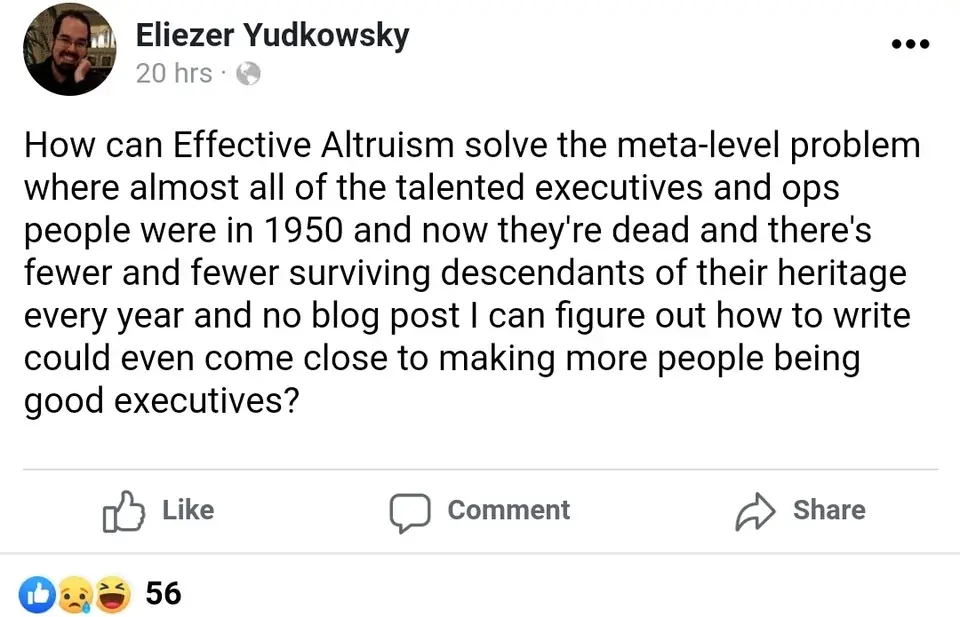The UCLA news office boasts, "Comparative lit class will be first in Humanities Division to use UCLA-developed AI system".
The logic the professor gives completely baffles me:
"Normally, I would spend lectures contextualizing the material and using visuals to demonstrate the content. But now all of that is in the textbook we generated, and I can actually work with students to read the primary sources and walk them through what it means to analyze and think critically."
I'm trying to parse that. Really and truly I am. But it just sounds like this: "Normally, I would [do work]. But now, I can actually [do the same work]."
I mean, was this person somehow teaching comparative literature in a way that didn't involve reading the primary sources and, I'unno, comparing them?
The sales talk in the news release is really going all in selling that undercoat.
Now that her teaching materials are organized into a coherent text, another instructor could lead the course during the quarters when Stahuljak isn’t teaching — and offer students a very similar experience. And with AI-generated lesson plans and writing exercises for TAs, students in each discussion section can be assured they’re receiving comparable instruction to those in other sections.
Back in my day, we called that "having a book" and "writing a lesson plan".
Yeah, going from lecture notes and slides to something shaped like a book is hard. I know because I've fuckin' done it. And because I put in the work, I got the benefit of improving my own understanding by refining my presentation. As the old saying goes, "Want to learn a subject? Teach it." Moreover, doing the work means that I can take a little pride in the result. Serving slop is the cafeteria's job.
(Hat tip.)


If you're worried that your "AI companion" can be demeaned by pointing out the basic truth about it, then you deserve to be demeaned yourself.